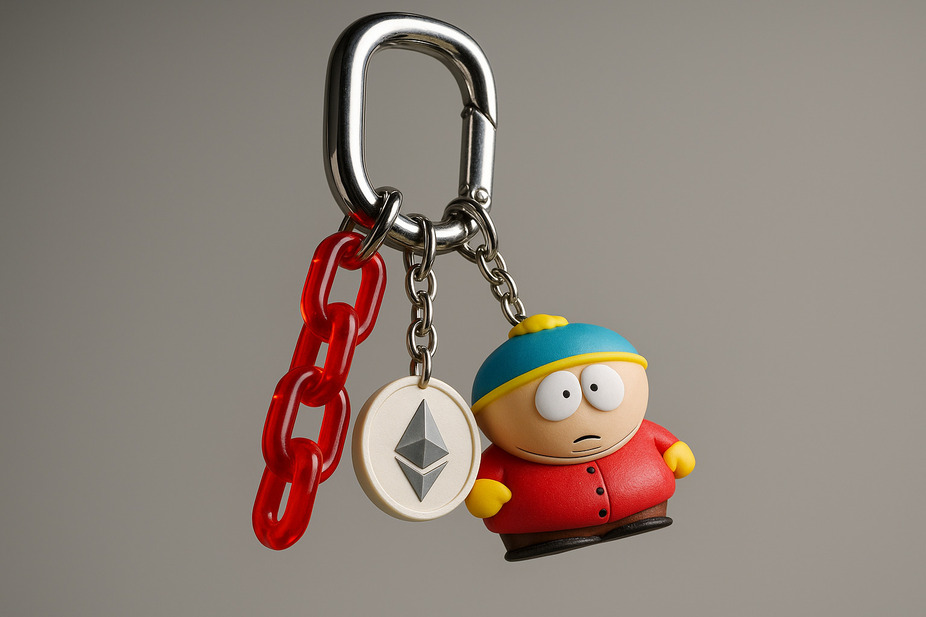What is Alt-season?

In the world of cryptocurrency, few events generate as much excitement as altcoin season, often referred to as alt-season. This period is marked by significant gains in alternative cryptocurrencies (altcoins) relative to Bitcoin. For both new and experienced traders, understanding what triggers this market phase — and how to respond — is crucial for making smart investment decisions.
Definition of Alt-season
Alt-season is a term used to describe a market phase when altcoins — all cryptocurrencies other than Bitcoin — outperform Bitcoin in terms of price growth. While Bitcoin often leads market movements, altcoins tend to rally later, often delivering even larger percentage gains.
This phenomenon is closely linked to market cycles. After Bitcoin reaches a peak or enters a consolidation phase, traders often rotate profits into altcoins, creating the conditions for an altcoin season to begin.
Understanding Altcoins
Altcoins include thousands of digital assets beyond Bitcoin, such as Ethereum, Solana, Cardano, and Avalanche. They vary in function and use case — from smart contract platforms and stablecoins to meme coins and tokens powering DeFi apps.
Unlike Bitcoin, which is largely seen as a store of value or “digital gold,” altcoins tend to be more speculative. That said, some of the most popular altcoins have developed strong ecosystems and real-world utility.
The difference between Bitcoin and altcoins lies not only in their market roles but also in investor behavior — with altcoins often experiencing more volatility and higher short-term returns.
Identifying Altcoin season
Recognizing the start of altcoin season requires paying attention to market behavior and price patterns. During this time, Bitcoin dominance (its percentage of the total crypto market cap) tends to drop, while a wide range of altcoins begin to post stronger gains.
Several signs and indicators can help traders identify this shift:
- a rising number of altcoins outperforming Bitcoin;
- Bitcoin is consolidating after a strong rally;
- increased trading volume in altcoins;
- growing social media buzz around non-BTC projects.
When these signs align, many believe that altcoin season is starting, though timing it precisely remains difficult.
Altcoin season index
To help measure this phase, analysts often refer to the Altcoin Season Index, a tool that tracks how many of the top 50 altcoins are outperforming Bitcoin over a specific period (usually 90 days). If at least 75% of them are, the index signals that alt-season is underway.
The altcoin season index is available on several platforms and is a useful gauge for traders seeking to time their entry into alt positions. However, it should not be used in isolation — it works best alongside technical analysis and market sentiment tracking.
Reading the altcoin index chart can provide context about where we are in the broader altcoin cycle, helping investors make more informed decisions.
Strategies during Alt-season
Altcoin season presents opportunities, but also significant risk. Prices can surge quickly, but corrections can be just as sharp. That’s why having a strategy is crucial.
Here are key strategies for navigating crypto alt season:
- diversify into altcoins with real utility and strong fundamentals;
- set clear entry and exit points using technical indicators;
- take partial profits during strong rallies to lock in gains;
- avoid overexposure to hype-driven or highly illiquid coins.
These approaches help balance the potential rewards of altcoin season trading with the volatility that often defines it.
Alt-season charts and data
Analyzing historical altcoin season charts can offer insights into past market behavior. These charts illustrate periods where altcoins consistently outperformed Bitcoin and show recurring patterns in capital rotation across the market.
Using data such as trading volume, altcoin dominance, and historical altcoin index charts allows investors to assess market conditions objectively. While no chart predicts the future with certainty, combining technical analysis with sentiment indicators improves timing and decision-making.
The Altcoin cycle
Like Bitcoin, altcoins follow a market cycle — from accumulation and breakout phases to peak hype and eventual correction. Understanding these altcoin cycle stages can help investors avoid buying at the top or selling too early.
Typically, altcoins lag behind Bitcoin during the start of a bull market. As Bitcoin stabilizes, altcoins gain momentum. Near the end of the cycle, even low-quality projects may pump — often a sign the cycle is nearing exhaustion. Eventually, the cycle resets.
This cycle has a broader impact on the crypto market, affecting investor sentiment, liquidity flows, and the rise and fall of new blockchain projects.
Conclusion
In summary, altcoin season is a recurring and exciting part of the cryptocurrency market, offering both high rewards and high risks. It’s marked by strong altcoin performance relative to Bitcoin and is often tracked through tools like the altcoin season index and technical indicators.
While difficult to predict with precision, understanding altcoin season, its patterns, and its position in the larger altcoin cycle can provide an edge to investors. As with any strategy, careful research, risk management, and timing are key to benefiting from this unique crypto phenomenon. Tools like ironwallet.io help users track, store, and manage their altcoin investments securely throughout the cycle.












